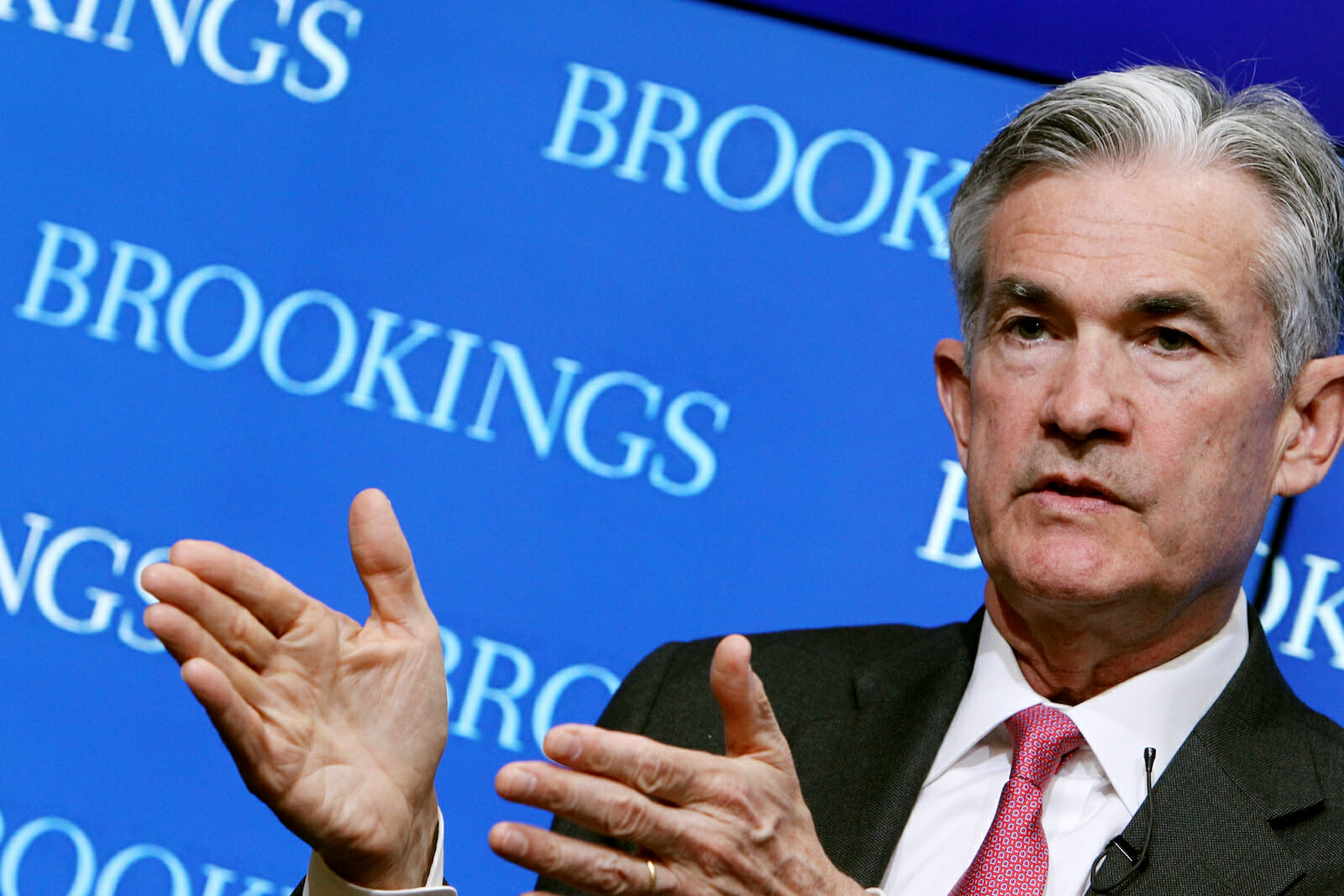
Politics
Deflated Expectations
During the 2016 election, I highlighted a global normalization of political risk in the developed world. Tectonic shifts in policy and geopolitical strategy have been met with little concern, favoring financial continuity over risk. In the United States, institutional hawks used to cringe at the notion of the Executive meddling in monetary policy (see President Obama’s administration’s easing strategy). Today, the White House’s bellicose demands for continual stimulus have yet to bat an eye among his conservative peers or the new left. Nowhere is this phenomenon occurring in our economy better than in the global question around low-interest rates. The historic relationship between unemployment and inflation has been strained in the last 20 years, especially following the financial crisis. Is this relationship non-existent or could it be that there are ignored trends in the economy? Further, what are the implications for the election or policymakers?
The Federal Reserve has noted that it may be the case that the point in unemployment where this trend is observable may be lower than what was previously estimated. Despite being at rates of “full employment,” lower rates, balance sheet expansion, and even negative rates are expected to help stimulate inflation around the world. Obviously, in the cases of Japan and Europe, this has not been the case. Especially considering the obvious implications that negative or low rates destroy the demand for bonds and diminish savings (even with EU exceptions to personal accounts). Others have observed that today’s value chain economy makes prices global rather than domestic. The automotive industry is the best example of globally integrated supply chains in North America, where nearly 40 cents of every dollar exported from Mexico is American made. Despite the incremental wage inflation in the U.S., cheap inputs can keep prices low and, in effect, increase consumer purchasing power.
Interestingly, the criticism around President Obama’s employment recovery figures focused on the diminishing labor participation rate. Today those criticisms have disappeared, but the underlying structural issues remain. The economy’s low-interest-rate recovery incentivized capital investments in automation, global purchasing, and production efficiency. Labor-intensive industries such as energy and manufacturing have continued their sectoral decline, shedding jobs to diversifying and stay relevant. The literature also suggests that re-training programs have not been effective, so how are these former employees treated in economic data? In fact, it was candidate Trump who made the observation that the reported unemployment rate was misleading. Political rhetoric aside, there may be a case now to explore President Trump’s claim. Andrew Yang has captured this message in his campaign to “Improve the American Scorecard” and create accurate metrics for today’s economic reality. A higher and more accurate employment rate may cause the Fed to reverse its dovish stance. Otherwise, and as the economy grows, how will central banks combat recessionary cycles where unemployment is understated? And in this political climate, can we count on Congress to provide the appropriate fiscal stimulus to help those structurally forced out of the labor market?
Finally, could it be that we are observing another example of risk normalization? Academics and professionals in the market have placed the blame of our low inflation environment squarely on policymakers themselves. According to a Brookings Institution report, “…central banks’ focus on anchoring expectations has been the ‘most important factor over the long haul’ in the behavior of price inflation.” There is no question that the impact of this truth is essential to the rise in global anti-establishment politics. Formerly a fringe consideration championed by members of Congress such as Ron Paul, it is becoming political consensus to question the efficacy of monetary policy and even the existence of a central bank. And while prices in the economy are becoming less domestic, global monetary policy continues to follow the United States. Policymakers should be conscious that questioning and undermining the Fed’s ability to combat our new economic realities will diminish trust in our financial system and America’s standing in the world.

